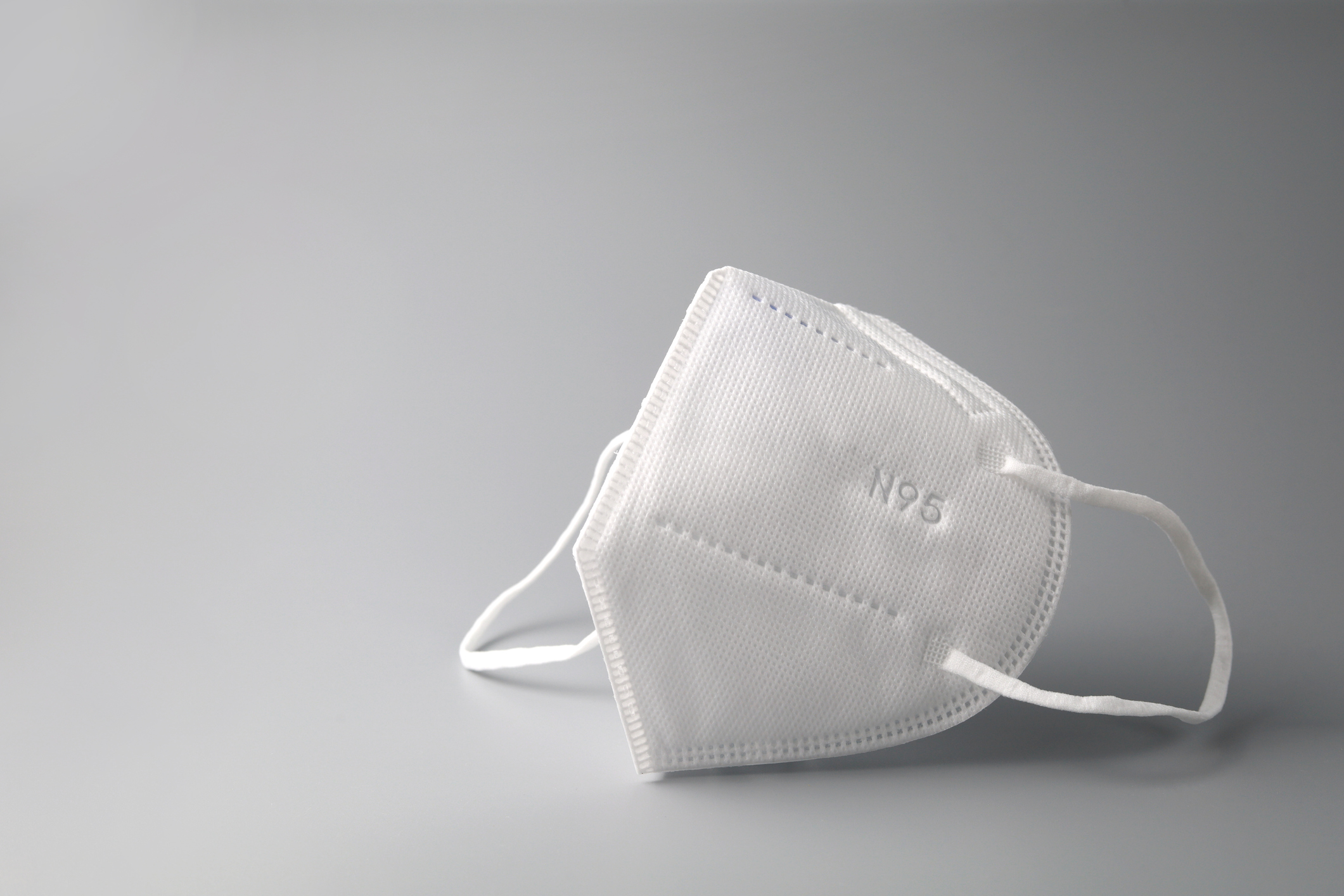In a growing number of U.S. states, mask mandates in schools and other indoor spaces are coming to an end as COVID-19 Omicron infection rates drop. In Canada and Europe, public health restrictions like wearing a mask outdoors are being eased. But what protection does wearing a mask provide if others aren’t wearing one?
Although the Centers for Disease Control and Prevention has not changed its position on public masking, and the U.S. is still averaging 168,485 new infections reported daily, according to Reuters, many states are dropping their indoor mask rules and no longer requiring masks in school settings. With Spring Break around the corner, more people will soon travel, and perhaps loosen their COVID safety protocols while on holiday.
Proper masking has been shown to be an excellent means of reducing the rate of coronavirus infection but there is limited research on how effective one-way masking in indoor settings is to prevent the spread of the virus. Much depends on local transmission rates, the types of masks people are wearing, and how well they fit, according to a recent HuffPost Wellness report.
Because Omicron may be up to four times more transmissible than the Delta variant of COVID-19, masking, even when others aren’t, will offer some protection. If you are traveling to or through areas with high transmission rates, wearing a medical-grade, well-fitted mask is worthwhile and can reduce the risk of getting COVID in indoor settings significantly. A recent CDC study found the risk of being infected was reduced by 83 percent by wearing a high-grade medical mask indoors over people who did not mask indoors.
A high-quality mask, that fits closely to the face, and over the nose, is the best choice especially if others are not masked. An N95 or KN95 mask is best, but be careful about counterfeit masks. You can check for NIOSH-certified masks through the CDC website here. And of course, keep up with recommended vaccines and boosters, maintain good hand hygiene and ventilate indoor settings to help prevent the spread of COVID.






Add Your Voice
0 Comments
Join the Discussion